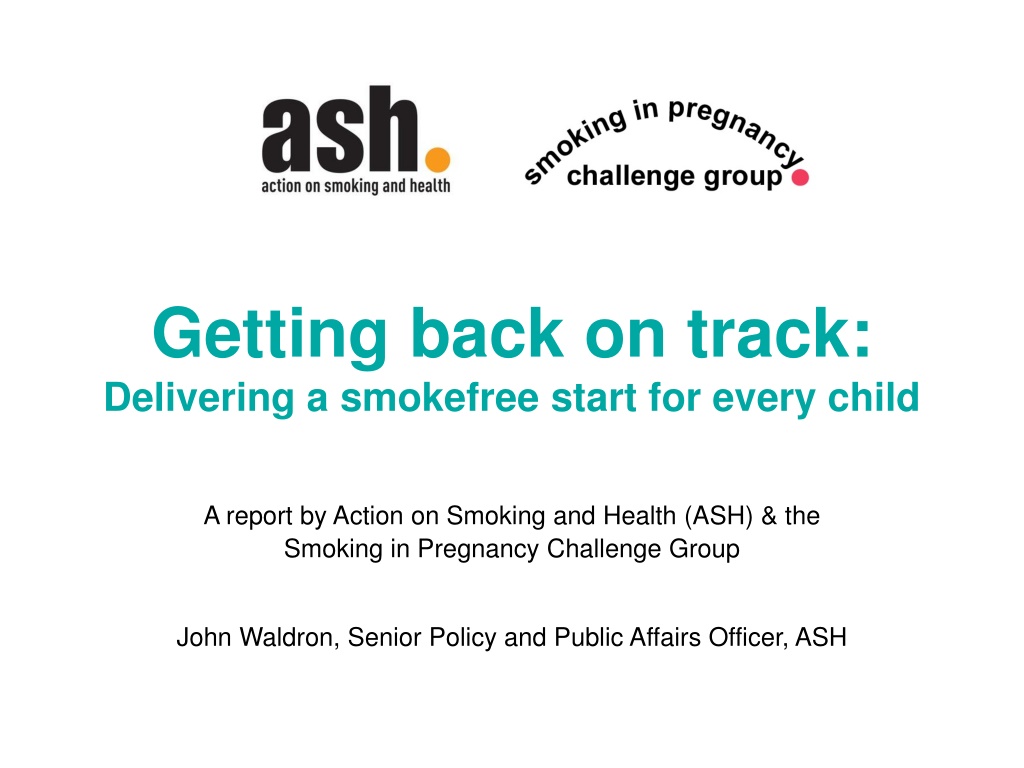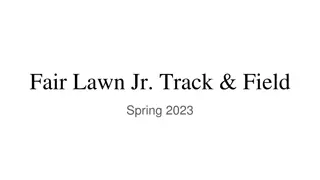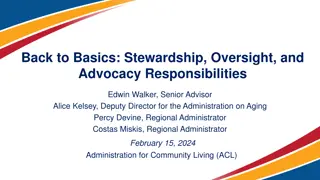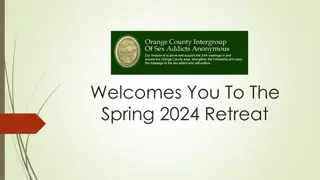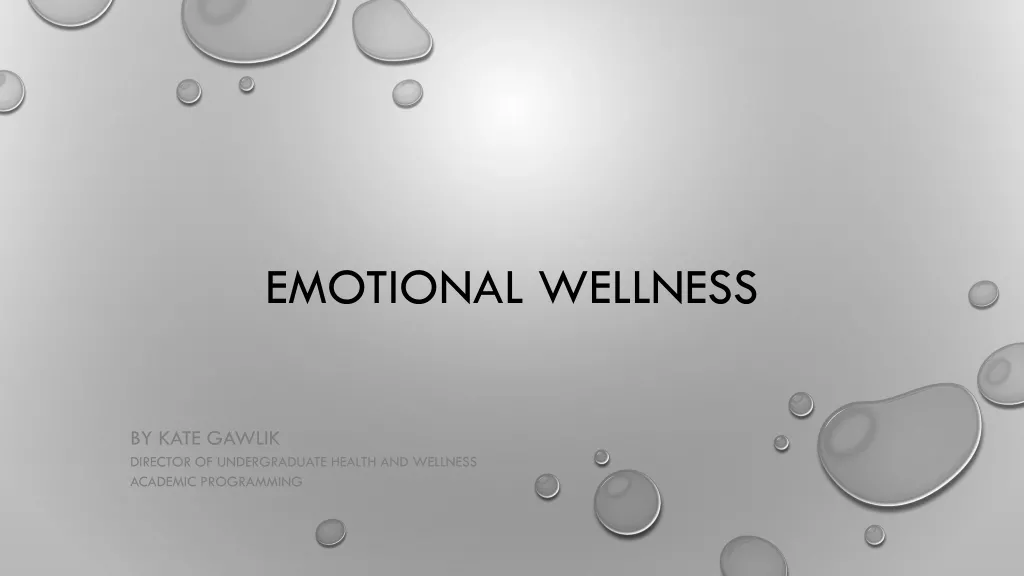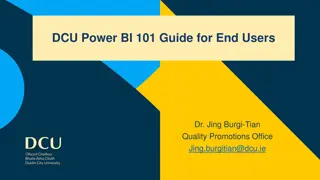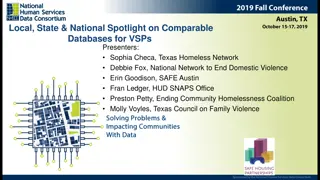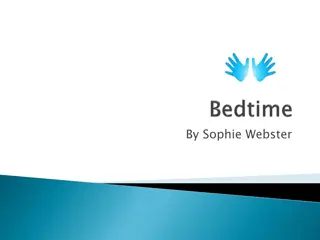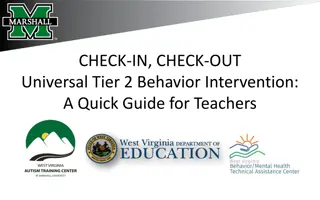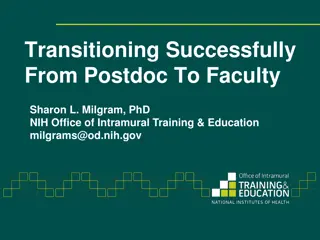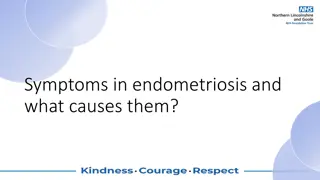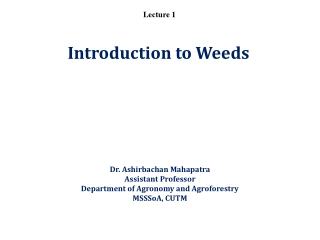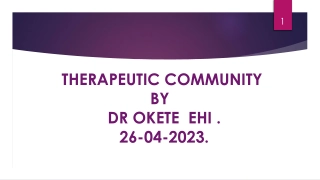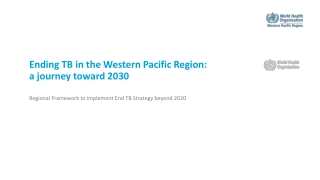Getting back on track:
This report by ASH and the Smoking in Pregnancy Challenge Group highlights the need to tackle smoking in pregnancy as national rates have not significantly decreased. It presents 22 recommendations to achieve the smokefree 2030 goal, emphasizing overcoming variation, training needs, community interventions, nicotine use, data collection, and post-COVID-19 recovery. The financial impact of smoking in pregnancy on the NHS is also outlined, revealing significant costs and disparities based on deprivation and age.
Download Presentation
Please find below an Image/Link to download the presentation.
The content on the website is provided AS IS for your information and personal use only. It may not be sold, licensed, or shared on other websites without obtaining consent from the author. Download presentation by click this link. If you encounter any issues during the download, it is possible that the publisher has removed the file from their server.
Presentation Transcript
Getting back on track: Delivering a smokefree start for every child A report by Action on Smoking and Health (ASH) & the Smoking in Pregnancy Challenge Group John Waldron, Senior Policy and Public Affairs Officer, ASH
Getting back on track: delivering a smokefree start for every child Purpose of the report: Understand why national smoking in pregnancy (SATOD) rates have only declined from 11% to 10.4% since 2015, despite a Government ambition to reduce SATOD rates to 6% by 2022 Set out recommendations to inform the 2021 Tobacco Control Plan, maximise the impact of the NHS Long Term Plan, and get us on track to achieve a smokefree 2030 Based on: Analysis of the available data Interviews with key stakeholders and frontline professionals from healthcare, public health, maternity, local government
22 recommendations for Achieving the smokefree 2030 ambition Overcoming variation Meeting training needs Tackling smoking in high prevalence communities Using nicotine in pregnancy Improving data collection Building back better after COVID-19 Recommendations apply to national and local government, PHE, NHS organisations, Royal Colleges
Counting the cost of smoking in pregnancy Financial impact: As well as human costs, smoking during pregnancy presents significant financial costs for the NHS, with pregnant smokers requiring more care and placing additional costs on NHS trusts compared to their non-smoking counterparts Estimated that maternal smoking cost the NHS over 20 million in 2015/16 Audits from NHS trusts: Barnsley Hospital NHS FT: 10 women who smoked cost the maternity unit approximately 46,820 compared to 13,548 for the 10 non-smoking women Poole Hospital NHS FT: Smoking pregnant women cost the Trust 737.88 extra per patient, compared to non-smokers
Rates of smoking in early pregnancy by deprivation decile (2018/19) 30 24.0 25 20 17.7 14.9 15 % 12.9 10.9 9.6 10 8.1 7.0 5.5 4.3 5 0 Most deprived decile 2 3 4 5 6 7 8 9 Least deprived decile
Rates of smoking in early pregnancy by age (2018/19) 35 31.8 31.2 30 25 22.7 20 % 14.0 15 10 8.6 7.3 7.2 4.4 5 0 <18 18-19 20-24 25-29 30-34 35-39 40-44 45+
National strategies The Tobacco Control Plan for England (2017) aims to reduce Smoking at time of delivery to 6% by 2022 Prevention Green Paper (2019) sets the ambition of a making England smokefree by 2030 Maternity Transformation Programme established to improve outcomes in maternity care. Included publication of the Saving Babies Lives Care Bundle package of measures to reduce stillbirth prevalence reducing smoking in pregnancy is number 1 The NHS Long Term Plan commits to delivering an opt- out smokefree pregnancy pathway for expectant mothers and their partners
Progress against the ambition to halve stillbirths and neonatal mortality in England, 2010 to 2018
Why arent national SATOD rates falling fast enough? Lots of contributing factors Significant regional and local variation in service delivery and outcomes The number of pregnant smokers accessing local authority stop smoking services has declined by a fifth since 2015 Public health grant for local authorities cut by a fifth since 2015 = less funding for smoking cessation Smoking in pregnancy remains concentrated in younger, more disadvantaged groups who require enhanced support to quit
Regional change in SATOD rates between 2015/16 and 2019/20 0.4 0.2 0.2 0 -0.1 -0.2 Percentage point change -0.3 -0.4 -0.4 -0.5 -0.6 -0.6 -0.6 -0.8 -1 -1.1 -1.2 -1.4 -1.6 -1.6 -1.6 -1.8 NW NE EoE ENG Y&H EM SW LDN SE WM
CCG change in SATOD rates between 2015/16 and 2019/20 6 5 SATOD has increased by 1 percentage point or more in a fifth (20%) of CCGs 4 3 2 percentage point change 1 0 -1 -2 SATOD has fallen by 1 percentage point or more in just under half (44%) of CCGs -3 -4 -5 -6 -7 -8 -9 CCGs Only includes CCGs in existence from 2015/16 to 2019/20 (176 out of 191)
How effective is the system at linking pregnant women with stop smoking services? Of women in England who were smokers at the start of their pregnancy in 2018/19: 16.5% set a quit date with local authority stop smoking services Varies substantially across regions Just getting women through the door of stop smoking services is a big challenge
Results from a survey of specialist stop smoking in pregnancy support 43% of NHS trusts commissioned specialist stop smoking support for pregnant women. Of trusts that commissioned support for pregnant women: Two thirds co-funded that support with local authorities. A third reported not having a budget for NRT. Almost half were unable to say how many women set a quit date after receiving support from the trust primarily because data was not readily available. When asked to name the database software used to record quits every answer was different with trusts using a mixture of local systems, excel spreadsheets, bespoke systems, and patient care notes.
Key recommendations for improving delivery in trusts Priority should be given to reinstating Element 1 of the Saving Babies Lives Care Bundle as we emerge from the pandemic Every trust should have a named person to be responsible for the delivery of smokefree pregnancies LMSs should ensure that there is a system-wide pathway to support women and communities before, during, and after pregnancy
National recommendations 1. Implement the recommendations set out in the Roadmap to a Smokefree 2030 2. Set a new target for reducing smoking in pregnancy to get us on track to reach a smokefree 2030 3. Set out a national strategy for improving the provision of smoking cessation training to health professionals treating pregnant women 4. Develop interventions to address relapse to smoking postnatally, and smoking among fathers, partners and other high prevalence groups 5. Introduce financial incentives to support women in high smoking prevalence communities to quit
Challenge Group resources National strategy reports: 2013 2015 2018 2021
Briefings Briefings for commissioners: Evidence into Practice Annual LMS briefings with local and regional data and national case studies
Challenge Group Training materials
Champions! Network of Smokefree Pregnancy Champions in every NHS Trust Champions: Receive tailored information and resources; Have the opportunity to feed into regional/national events; Have the opportunity to share practice and ask questions of others working on similar activities around the country.
Thankyou! Email: john.waldron@ash.org.uk View the report and our resources on the Challenge Group website: bit.ly/sipchallenge
